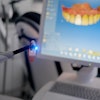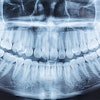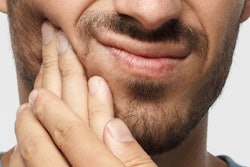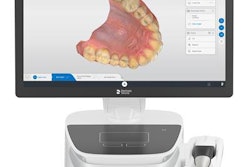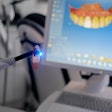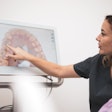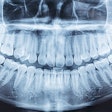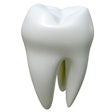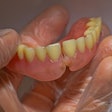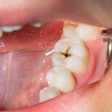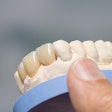
Every picture tells a story, don't it? The classic Rod Stewart song had nothing to do with dentistry, but the title itself says everything!
As clinical providers, we have been thrust into a time when our verbiage, clinical note scribing, and ever-telling intraoral photos and radiographs must promote and present the absolute medical necessity for every procedure. Do not think that this is limited to the dentist!
Every clinical provider, from the dentist to his or her team members, is performing procedures that alter the state of the oral cavity. Our goal is to present the best treatment plan and, if we are convincing enough, provide the best care possible.
 Lisa Wadsworth, RDH.
Lisa Wadsworth, RDH.We tout that a comprehensive exam must be completed in its entirety at the new patient experience, but are we accomplishing that? If not, what is the danger to the practice, the patient, and our relationship with the insurance company?
Let's reflect on insurance to start. The company is there to make money for the shareholders, often provide a bonus with employees driven to say "no," and, of course, support a large, looming corporate structure.
Insurance plans are typically structured to provide a minimal level of service, especially when invasive procedures are recommended. By the way, here's a question about a personal pet peeve that I would like to ask you: Why do insurance companies fight us tooth and nail, no pun intended, against the value of early intervention scaling and root planning but later pay for quads of osseous surgery?
Getting back to the comprehensive oral exam, the intraoral camera is go-to technology. Why? Because it will immediately engage the patient in our exploration and codiscovery process.
"A picture is worth a thousand words" may be a cliché, but no truer words are spoken in the practice of dentistry. Intraoral photos enhance our ability to diagnose and ensure the successful delivery of treatment. This is especially true when making a case for the medical necessity of your treatment plan.
When it comes to appealing denied insurance reimbursement or, in extreme cases, malpractice lawsuits, intraoral cameras can provide critical documentation with time-stamped images of the state of the oral cavity the day the patient presented to the practice. Furthermore, we are able to clarify our clinical notations by tying the comments to supporting images.
Moving past intraoral images, the ever-important set of full mouth radiographs are next on my list. We must perform this service, or we are in violation of the definition of a comprehensive oral exam should we submit this service to the insurance company.
Finally, we arrive at the most influential part of the appointment for the diligent hygienist, full-mouth probing, along with notation of bleeding and areas of attachment loss. Why is this so important? These clinical numbers show the history and progression of oral disease (or lack thereof), home care habits, and gingival concerns that provide insight into what is happening in the mouth today, which, in turn, may have an effect on recommended restorative treatment.
We must have these pocket depth numbers and locations noted on our initial visit or else we have incomplete information that does not enable the dentist to make a complete diagnosis and develop a relevant treatment plan. For lack of a better term, we are "dead in the water" when it comes to truly helping our patient down the path toward premium oral health.
Remember, if we did not write it down, capture an intraoral image, or take radiographs to document our diagnosis and support our treatment plans, we will not have the full benefit of factual clinical findings from the get-go.
The time has come to seize the opportunity to support the medical necessity for our patients' treatment and communicate to them that where they stand today regarding their oral health and how it supports their overall health!
Lisa Wadsworth, RDH, owns Lisa C. Wadsworth, a company focused on consulting, speaking, and personal coaching for the solo practitioner and dental service organizations. Her lecture and consulting topics include implant dentistry, periodontal protocols, professional development, and ergonomics. She can be reached at [email protected].
The comments and observations expressed herein do not necessarily reflect the opinions of DrBicuspid.com, nor should they be construed as an endorsement or admonishment of any particular idea, vendor, or organization.
